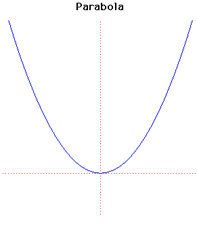 Here’s an update to my music label collection: I am down to six remaining CDs. This leads to the questions, “what’s next?” and “and then what?”
Here’s an update to my music label collection: I am down to six remaining CDs. This leads to the questions, “what’s next?” and “and then what?”
Well, the next thing is CD cover scanning, so I have pristine artwork for all my CDs. Over time, reissues and re-releases will change the cover artwork, usually to the album’s detriment. For example, all the Ozzy Osbourne covers got some massive, dumb border around them, with the actual album artwork in a tiny box in the middle. Who came up with that stupid idea?
So, yeah, I want my album artwork to be exactly like my CDs. And, I want some album artwork framed and hanging on my walls. But then what? I think the next step is owning a real listening stereo system (again).
What’s up with that graphic? That was the image I got when thinking about owning a high-quality stereo system. Right now, I can get by with my home theater system, but there is a certain appeal to having a real stereo, with dedicated speakers and amplifier, and components. Why? I have a computer with every CD ripped to lossless format playing through studio monitor speakers in my office. Why this?
Let me first explain the graphic. I think that owning a dedicated listening stereo is the realm of young, single men and old, retired men. Exceptions abound, but bear with me. The graph illustrates the likelihood of owning a stereo between the start and end of your adult life. Yes, I had a great system in my 20’s. I got into a stupid relationship and sold it all off for pennies at a garage sale. Now, 20 years later, I am reconsidering the purchase again. I’m not sure now is the time though. Maybe a little later. When I thought of why now might not be the right time, my rationale illuminated why the parabolic curve makes sense. It’s about time.
Being young, single and free, you have the free time to indulge in nothing but music. The same freedom applies once you are an empty-nester or a retiree. You can also apply this to book-reading or really, any hobbies you had to give up because of the rat race of life. For me, I’m not sure I’m nearing the end of the rat race yet, but I want to slow down, definitely. I can say I haven’t exactly disliked any point in my life so far. I sacrificed some things at certain points that may or may not have been wise. But overall, life’s been good to me.
Now, about that stereo. Why is that something to desire? This sentiment would probably be shared by many hobbyists who have had their hobbies “stolen” by modern convenience. There is an effort you must make when using older, dedicated equipment. One might go so far as to say there is a ritual involved. It’s the performing of the ritual that matters. If you don’t do it right, the results won’t be good, or said another way, the more precise you are performing the ritual, the better the results will be. And you can take pride in that.
Sure, the ritual of listening to an album involves choosing a cd, placing it in the tray, pressing the play button, then sitting down. But that’s more than using a wireless remote to scroll through a huge list of albums, then clicking one. Book people, you understand.
